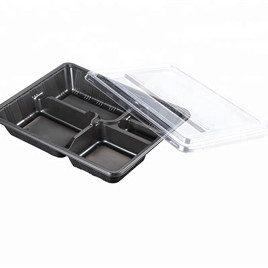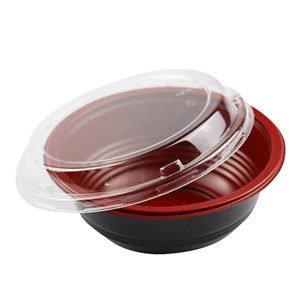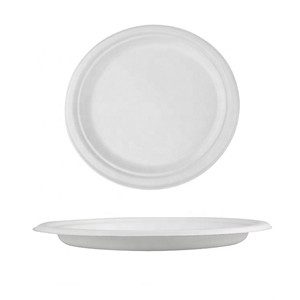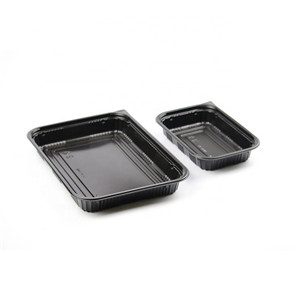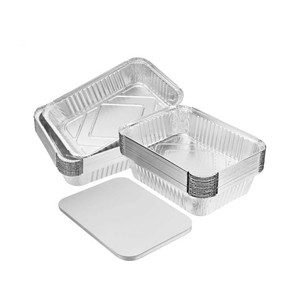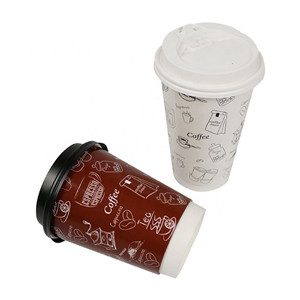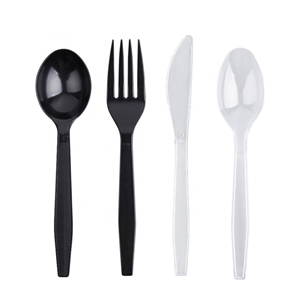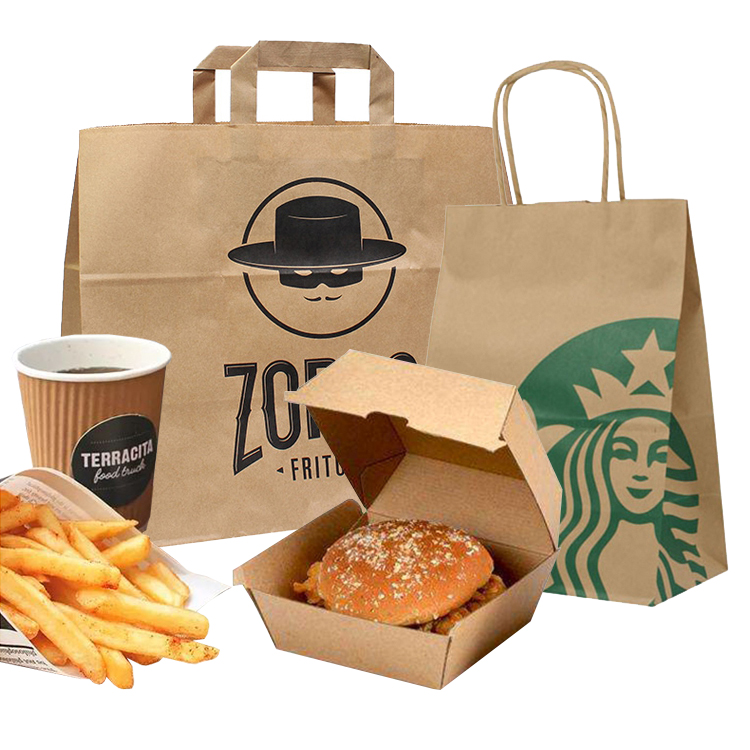Introduction: As the demand for sustainable food packaging grows, paper food containers have become a popular choice for businesses and consumers alike. However, with a wide variety of options available, selecting the right paper food container can be challenging. In this blog, we present a comprehensive guide to help businesses and consumers make informed decisions when choosing paper food containers.
- Consider the Food Type and Temperature Requirements Different food items have unique temperature requirements. Hot and oily foods may require containers with grease-resistant coatings to prevent leaks and maintain freshness. Cold salads and desserts, on the other hand, may benefit from containers with moisture-resistant coatings to avoid sogginess. Assessing the specific needs of the food being served ensures that the chosen paper container meets those requirements.
- Evaluate Environmental Impact While paper food containers are generally more eco-friendly than alternatives like plastic or foam, not all paper containers are created equal. Look for containers made from recycled materials and those that are certified as compostable or biodegradable. Additionally, consider the overall sustainability practices of the manufacturer to ensure the smallest environmental impact.
- Check for Certifications and Safety Standards Reputable paper food container manufacturers often obtain certifications to verify their products’ safety and quality. Look for certifications such as FDA approval, which ensures that the containers are safe for food contact. Third-party certifications for compostability, such as ASTM D6400 or BPI, indicate that the containers meet specific environmental standards.
- Assess Durability and Functionality The durability and functionality of paper food containers can vary based on the materials and coatings used. Consider factors such as insulation properties, resistance to leakage, and heat retention capabilities. Assessing these features ensures that the chosen container performs well and meets customers’ expectations.
- Size and Portion Considerations Choosing the right size of paper food container is essential to avoid food waste and ensure portion control. Oversized containers may lead to unnecessary waste, while undersized containers could result in customer dissatisfaction. Businesses should carefully evaluate their portion sizes and select containers that align with their serving needs.
Conclusion: Choosing the right paper food container is crucial for businesses and consumers seeking sustainable and functional food packaging solutions. By considering the food type and temperature requirements, evaluating the environmental impact, checking for certifications and safety standards, assessing durability and functionality, and considering portion sizes, businesses and consumers can make informed decisions that align with their sustainability goals and meet their food packaging needs.


